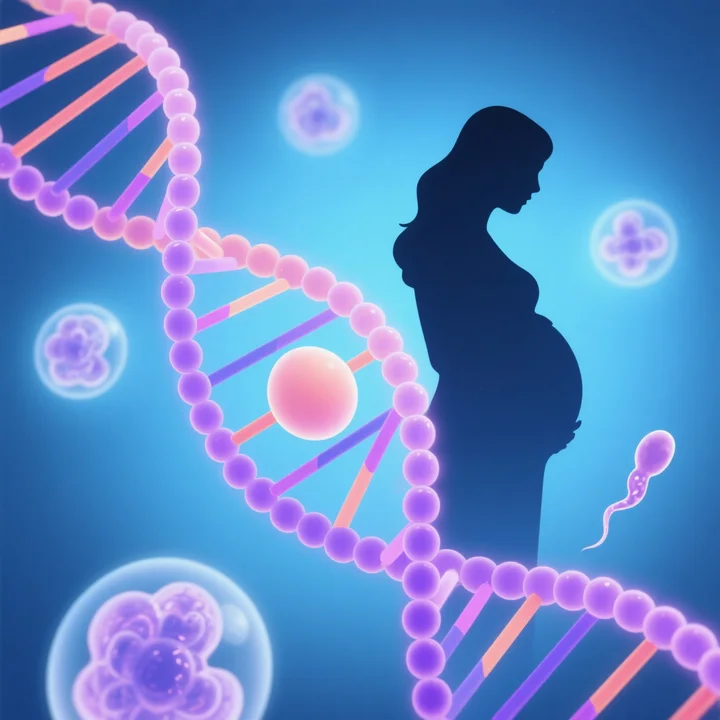The short answer: No, gestational surrogate babies do not have 3 DNAs. The child’s DNA comes only from the egg and sperm providers (biological parents or donors), not the surrogate.
However, there is a rare fertility treatment called mitochondrial replacement therapy (MRT) that can result in a baby with DNA from three people—but this is not related to surrogacy.
1. Traditional & Gestational Surrogacy: Only 2 DNAs
In both types of surrogacy, the baby’s DNA comes from:
- The egg provider (intended mother or donor)
- The sperm provider (intended father or donor)
The surrogate mother does not contribute DNA to the baby.
Why Some People Get Confused
- Traditional surrogacy: The surrogate is the biological mother (her egg + intended father’s sperm). Still, only 2 DNAs.
- Gestational surrogacy: The surrogate carries an embryo made from other people’s egg and sperm—so no genetic link.
2. The Exception: Mitochondrial Replacement Therapy (MRT)
This is a separate medical procedure (not surrogacy) where a baby can inherit DNA from three people:
- Nuclear DNA (99.9% of genes) from mom & dad.
- Mitochondrial DNA (0.1% of genes) from a donor.
Why MRT Is Used
- To prevent mitochondrial diseases passed from mother to child.
- The donor’s mitochondrial DNA only affects energy production in cells, not traits like appearance or personality.
Is MRT Common?
- Very rare—only a few births worldwide.
- Not part of standard surrogacy.
3. DNA Testing & Surrogacy
- Paternity tests confirm the intended parents’ genetic connection.
- Surrogate’s DNA is irrelevant—she’s just the carrier.
Final Answer
✅ Surrogate babies (gestational) = 2 DNAs (egg + sperm)
✅ Traditional surrogacy babies = 2 DNAs (surrogate’s egg + sperm)
✅ Only MRT babies = 3 DNAs (egg + sperm + mitochondrial donor)
Want to learn more about genetics & surrogacy? Ask below!




